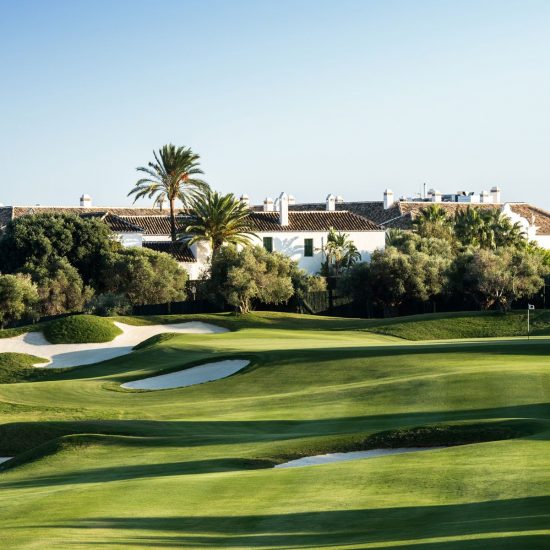About Casares
Grudges held in Andalucia can endure for centuries, and the one held by the occupants of Casares dates back five hundred years. Casares was once much more extensive. It lost what is now the neighbouring municipality of Manilva during the 16th century, a matter that still causes rancour. The Casares municipality remaining is a considerable area stretching from the coast at Marina Casares in the south to 4 kilometres north of Crestellina and from the Rio Genal in the west to the Sierra Bermeja in the east. Encompassed in this area is fertile land, fed year-round by runoff water from the mountain of Los Reales. Over millennia a depression has been eroded out of which the rocky buttress, to which the white village of Casares clings like a limpet. In the surrounding hills, there were once rich mines that provided iron ore and silver.
Starting at the coast, Torre de la Sal marks the northernmost point of Casares. Older than many of the Torres, de la Sal dates to between 859 and 971 BC when Viking raiders arrived from Scandinavia in their longships to ravage the coast from Cadiz to Malaga.
Moving inland past the ‘pepperpot’, a much more modern Torre, the road follows a ridge with Dona Julia Golf Course in a valley to the left.
It then passes through the 5 star Finca Cortesin Golf Resort and into the foothills of the Sierra Bermeja with the towering mass of Los Reales on the right and magnificent views of the Mediterranean. Dramatically, round a hairpin bend, Casares is suddenly there ahead of you. The view from this west side is the most spectacular, little wonder there is a viewing point and a couple of ventas from which you can drink in the vista, and other refreshment if you so wish.
Dominating the village on the crest of the rocky bastion is the 16th-century church of Iglesia de la Encarnacion that is probably built on the foundations of a mosque.
In 1885, Casares gave birth to the Andalucian Nationalist leader Gil Blas Infante who was executed by Franco’s troops at the beginning of the Civil War. His statue stands in the Plaza de Espana in the town and his house on the main Calle Carrera is now the Tourist Office and a museum to his memory. A macabre reminder of that war may be seen in the ruined Hermitage of Vera Cruz alongside the church. The standing domed structure was the altar room. In the remaining three walls you can see bullet holes, whitewashed over to hide them and then barred off by an iron gate to prevent access.
Where to eat in Casares
No experiences match your criteria
Holiday property rentals in Casares
To view the beautiful holiday property rentals we have available in and around Sotogrande, please click the below button.



